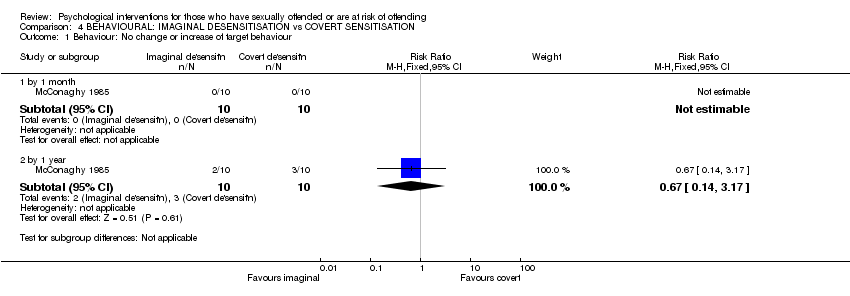Contenido relacionado
Revisiones y protocolos relacionados
Tracy Kenworthy, Clive E Adams, Charlotte Bilby, Belinda Brooks‐Gordon, Mark Fenton | 8 octubre 2008
Jane A Dennis, Omer Khan, Michael Ferriter, Nick Huband, Melanie J Powney, Conor Duggan | 12 diciembre 2012
Omer Khan, Michael Ferriter, Nick Huband, Melanie J Powney, Jane A Dennis, Conor Duggan | 18 febrero 2015
Helga Sneddon, Dina Gojkovic Grimshaw, Nuala Livingstone, Geraldine Macdonald | 23 junio 2020
Paul White, Caroline Bradley, Michael Ferriter, Luke Hatzipetrou | 12 septiembre 2012
Ben Parker, William Turner | 31 julio 2013
Paola Caro, William Turner, Deborah M Caldwell, Geraldine Macdonald | 5 junio 2023
Geraldine Macdonald, Julian PT Higgins, Paul Ramchandani, Jeffrey C Valentine, Latricia P Bronger, Paul Klein, Roland O'Daniel, Mark Pickering, Ben Rademaker, George Richardson, Matthew Taylor | 16 mayo 2012
Carol Rivas, Jean Ramsay, Laura Sadowski, Leslie L Davidson, Danielle Dunne, Sandra Eldridge, Kelsey Hegarty, Angela Taft, Gene Feder | 3 diciembre 2015
Simon Gibbon, Najat R Khalifa, Natalie H-Y Cheung, Birgit A Völlm, Lucy McCarthy | 3 septiembre 2020























